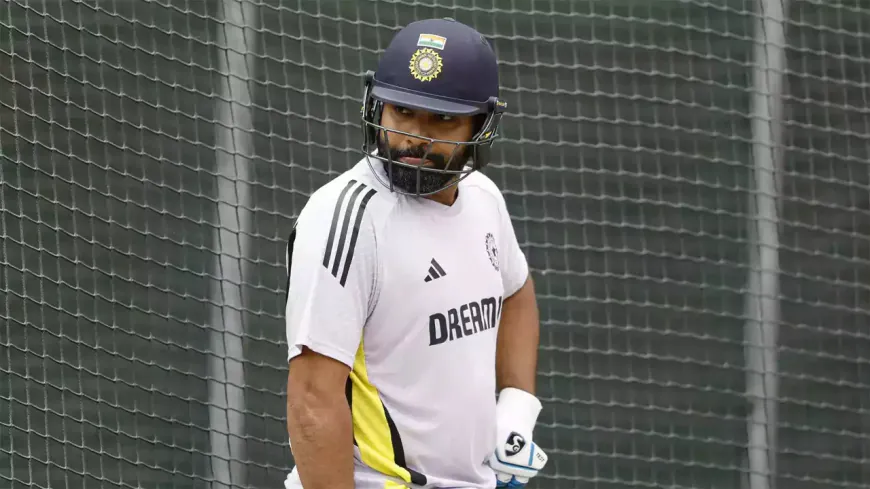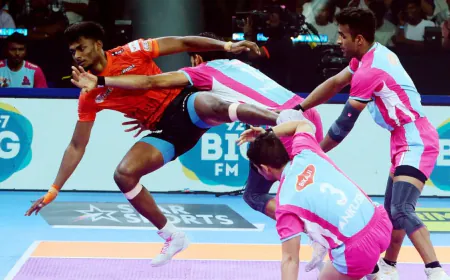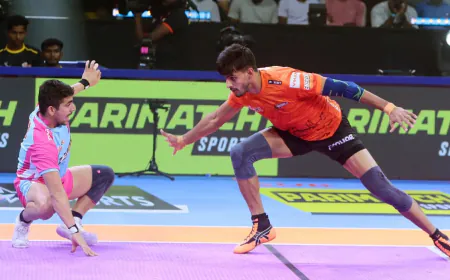Rohit Sharma must change his approach at No. 6, says Ravi Shastri.
Ravi Shastri has suggested that Rohit Sharma needs to adjust his approach while batting at No. 6, highlighting the need for a shift in strategy to maximize his effectiveness in this role. This article delves into Shastri’s insights on Sharma’s batting position and the adjustments that could help him succeed in the middle order, providing an in-depth look at his potential for growth in this new role.

Former India coach Ravi Shastri has suggested that the team's captain, Rohit Sharma, needs to reassess his tactics and adopt a more aggressive mindset while batting at No. 6, as India is facing challenges in the ongoing Border-Gavaskar Trophy. According to Shastri, if Rohit can shift his focus to playing more attacking cricket, he can regain his form and contribute significantly to India's success.
Of late, Rohit has not been in form with the bat, but particularly during this Test series. With his opening match a no-show owing to his second child being born, there was all the expectations of his getting back in as the first-choice opener. But, in a different context, KL Rahul's outstanding knock of 77, which contributed to India's win at Perth, changed the batting order once again as Rohit was relegated to No. 6. This seems not to have worked for him because in his last three outings, he could not score beyond 10, 3, and 6 runs.
On the contrary, Rahul has capitalized upon his opportunity, scoring well with a fine 84 runs in the first innings during the third Test at Brisbane. This has made things even more difficult for Rohit to regain his place as an opener, since Rahul has been in fantastic form and has been consistent throughout the series.
Ravi Shastri, though, is optimistic about Rohit's ability to contribute from No. 6. Speaking on ICC Review, Shastri said Rohit should be used as his natural attacking self to the fullest. "Rohit should change his tactics. He can still be extremely dangerous at No. 6," Shastri said. "He should go into the game with a clear mind and take the attack to the opposition, just being aggressive and not caring about anything else."
Shastri further added that the last thing Rohit needs is to be indecisive between defending and attacking. Instead, he must adopt an attacking approach from the very start. "Rohit picks up length quickly and should look to put pressure on the bowlers early on," Shastri suggested. "The first 10-15 minutes are crucial. If he gets going, there's no stopping him. Why not play your natural game and take the initiative?"
Shastri stated that many of the finest No. 6 batsmen in world cricket are those who can easily turn over to counter-attacking mode as and when needed. He said, even if wickets fall, the intent to attack should always be there. "Rohit can play all sorts of shots, especially in Australian conditions," Shastri said. "If he can get into his rhythm early, he could easily be a game-changer for India."
Rohit started his career in 2013, playing his first Test at No. 6. He marked that day with a century. Shastri believes that it is important to play aggressively at this position for Rohit to succeed not only in terms of personal form but also in terms of the overall performance of the team. "A No. 6 batter who can counter-attack and read the situation well is invaluable," Shastri added. "For Rohit, this is the best chance to reclaim his mojo and assist India in winning matches."
Even though Shastri likes Rohit for No. 6, he has appreciated KL Rahul's excellent performance and says Rahul should not be opened in the last Test of the series either. "Rahul has been in sublime form, and the way he batted in Brisbane was a delight to watch," Shastri said. "His technique has been faultless, and his confidence is at an all-time high. Given his current form, he deserves to retain his place at the top of the order."
Shastri’s comments underline the need for Rohit to adapt to his new role and take a bold, attacking approach, while also recognizing Rahul’s rise as an opening batsman. With both players in different stages of their form, India’s batting order seems to be in a phase of transition, but one that could bring exciting results if the right approach is followed.





















































